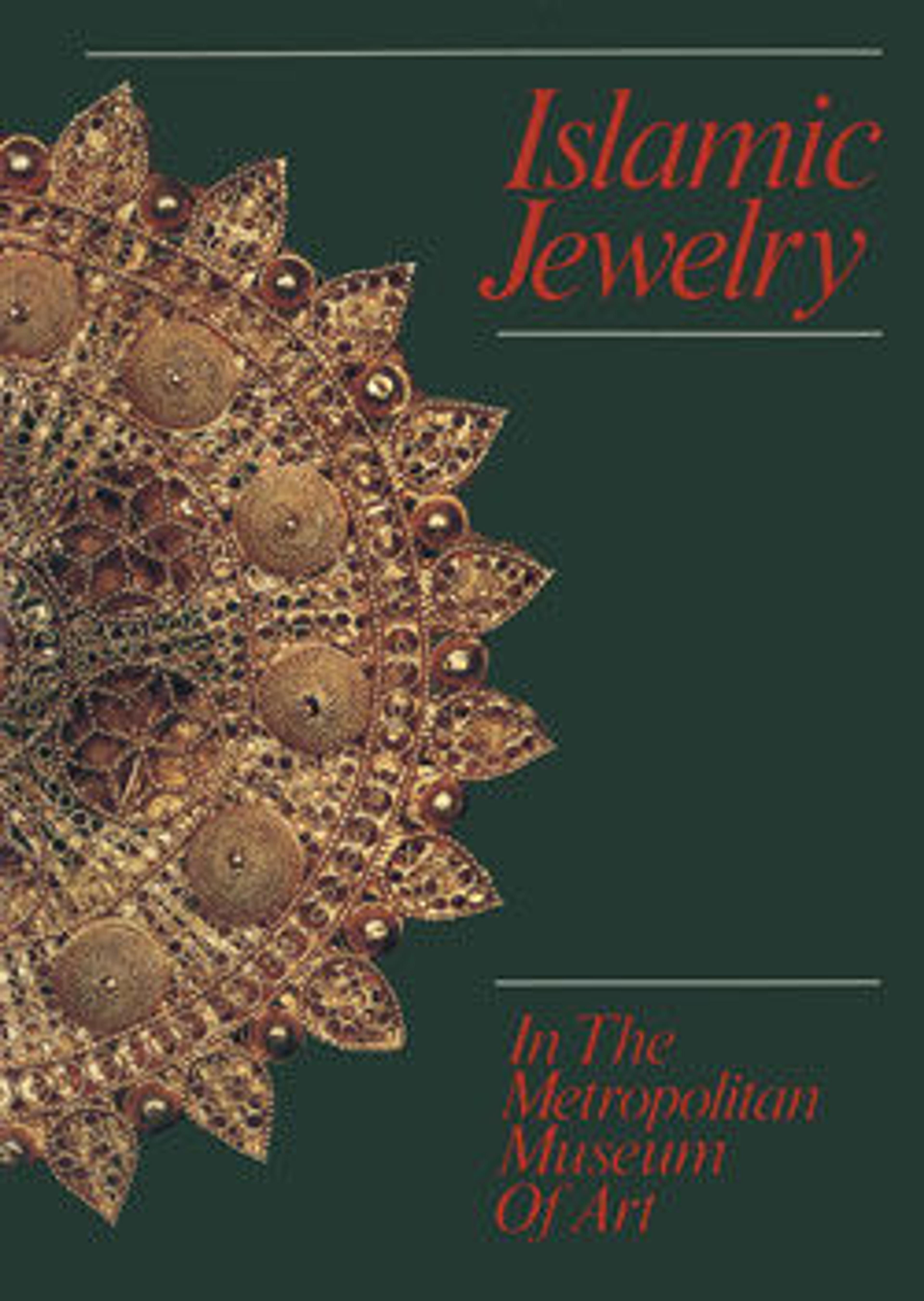Ring
Iranian turquoise, of which deposits were exploited in the mountains near Nishapur in Khorasan, has been known and valued since proto-historic times, and it was widely exported to the West. Precious and semi-precious stones were sometimes believed to have apotropaic properties. The polymath al-Biruni, who wrote a book on precious stones in the early 11th century, explains that turquoise was believed to dispel immediately the effect of the evil eye, i.e. curse, and that for this reason people wore it and necklaces were made for children.
In contemporary Persian poems poets often use the image of precious stones as metaphors of magnificence and to represent colors, whether they are describing flowers, natural settings or architectural monuments. Here, the shape is a development of an older one in use under the Parthians, as in one ring brought to light in the excavations at Masjid-i Sulayman in south-west Iran. Claws, as the small wedge-shaped ones here, are considered an innovation of the 9th-10th centuries.
In contemporary Persian poems poets often use the image of precious stones as metaphors of magnificence and to represent colors, whether they are describing flowers, natural settings or architectural monuments. Here, the shape is a development of an older one in use under the Parthians, as in one ring brought to light in the excavations at Masjid-i Sulayman in south-west Iran. Claws, as the small wedge-shaped ones here, are considered an innovation of the 9th-10th centuries.
Artwork Details
- Title: Ring
- Date: 11th–12th century
- Geography: Attributed to Iran
- Medium: Gold; chased and set with turquoise
- Classification: Jewelry
- Credit Line: Gift of Mr. and Mrs. Everett Birch, 1981
- Object Number: 1981.232.1
- Curatorial Department: Islamic Art
More Artwork
Research Resources
The Met provides unparalleled resources for research and welcomes an international community of students and scholars. The Met's Open Access API is where creators and researchers can connect to the The Met collection. Open Access data and public domain images are available for unrestricted commercial and noncommercial use without permission or fee.
To request images under copyright and other restrictions, please use this Image Request form.
Feedback
We continue to research and examine historical and cultural context for objects in The Met collection. If you have comments or questions about this object record, please complete and submit this form. The Museum looks forward to receiving your comments.
